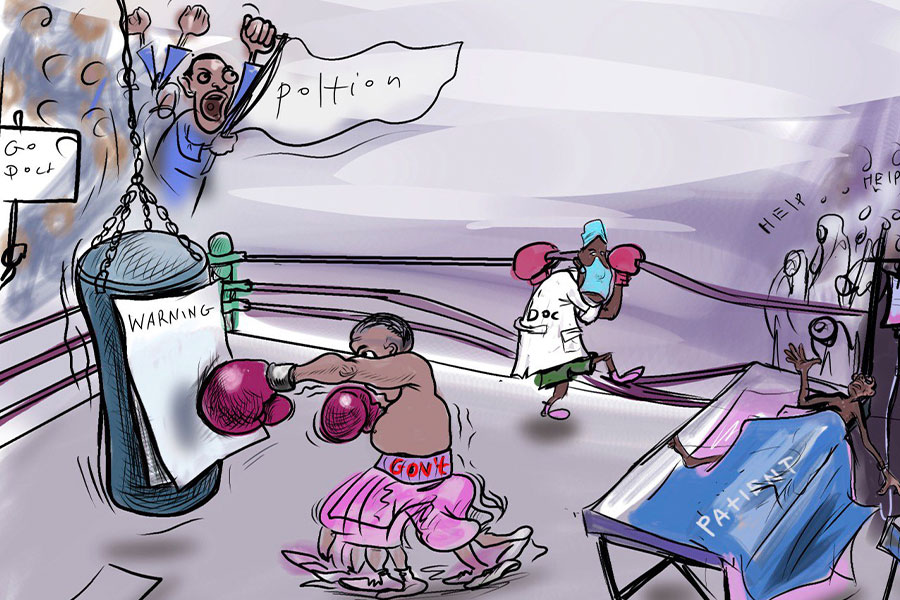
Editorial | May 24,2025
Oct 5 , 2024
By Kidist Yidnekachew
Choosing a kindergarten for my son was supposed to be a straightforward task, but it quickly turned into a path through a landscape of neglected playgrounds and safety hazards. I visited numerous schools, hoping to find a place where he could engage in safe, unstructured play with his peers, a fundamental aspect of early childhood development. Proximity was the only deciding factor, not because the nearby kindergarten was ideal, but because the alternatives were no better.
At each school, I was met with the same disheartening sight—outdated slides and swings set against unforgiving concrete flooring. Teachers seemed indifferent during playtime, leaving children unsupervised in these hazardous environments. I watched as kids grew restless, pushing and shoving in anxious queues for a turn on the slide. One playground featured a miniature jungle gym, a commendable addition for promoting physical activity. But, it stood atop hard concrete, turning any potential fall into a severe injury waiting to happen.
This experience made me ponder the dire need to renovate our educational play spaces comprehensively. It is time education authorities took action to revamp kindergartens and elementary schools, especially concerning their playgrounds. With few exceptions like daycare centres and international schools, many institutions rely on concrete playgrounds, a choice that prioritises durability and low maintenance over the safety and well-being of children.
Concrete surfaces present worrisome risks. They are unforgiving in the event of falls, which are inevitable given that young children are still honing their motor skills and balance. A simple stumble can result in fractures, concussions, or even internal injuries. Concrete heats up under the sun, reaching temperatures that can cause burns. When wet, it becomes slippery, increasing the likelihood of accidents. Rainwater can pool, creating slick surfaces that make it hard for children to maintain their footing, particularly on ramps and slides.
In contrast, softer surfaces like grass, rubber, or wood chips can absorb the impact of falls, substantially reducing the risk of serious harm. These materials also offer better traction, reducing the chances of slipping. It is perplexing that many schools have not made the switch despite the known benefits of these safer alternatives.
These factors should be meticulously evaluated before granting kindergarten licences. Just as restaurants undergo rigorous inspections before opening to the public, schools should be subject to similar scrutiny. The education sector is undeniably lucrative, and institutions have a responsibility to reinvest in essential upgrades that ensure the safety of their students. Parents would be alarmed to witness the hazardous play conditions during recess. It is almost miraculous that many children emerge unscathed.
Play is not merely a way for children to pass the time. It is integral to their growth, encouraging exploration, imagination, and social development. Kindergartens play a crucial role in nurturing these qualities. Safe playgrounds and grassy grounds are fundamental elements of a conducive learning environment. They provide children the liberty to play without fear of harm, promoting physical and mental well-being.
Safe playgrounds are designed to reduce accidents. They should be free of hazards like sharp edges, protruding objects, or loose parts. Equipment must be age-appropriate and well-maintained, allowing children to climb, swing, and slide safely. Adequate cushioning is essential; surfaces made of rubber or loose-fill materials like wood chips or sand offers effective shock absorption in case of falls. Grassy areas are ideal for playgrounds due to their soft, natural surfaces that can absorb impact. Grass also helps regulate temperature, providing a cooler environment during hot weather. Maintaining these areas diligently is essential, keeping them free of debris like sharp rocks or broken glass.
These spaces offer versatility, enabling children to engage in various activities such as running, jumping, and playing games. Physical activities are crucial for children's health and development, and playing on grass can help them connect with nature, nurturing an appreciation for the environment. Regular inspections should be conducted to identify and address potential hazards. Supervision during play is vital to ensure safety and adherence to rules.
PUBLISHED ON
Oct 05,2024 [ VOL
25 , NO
1275]


Editorial | May 24,2025

Commentaries | Apr 25,2020

Sunday with Eden | Nov 23,2024

Viewpoints | Dec 24,2022

My Opinion | Jun 29,2024
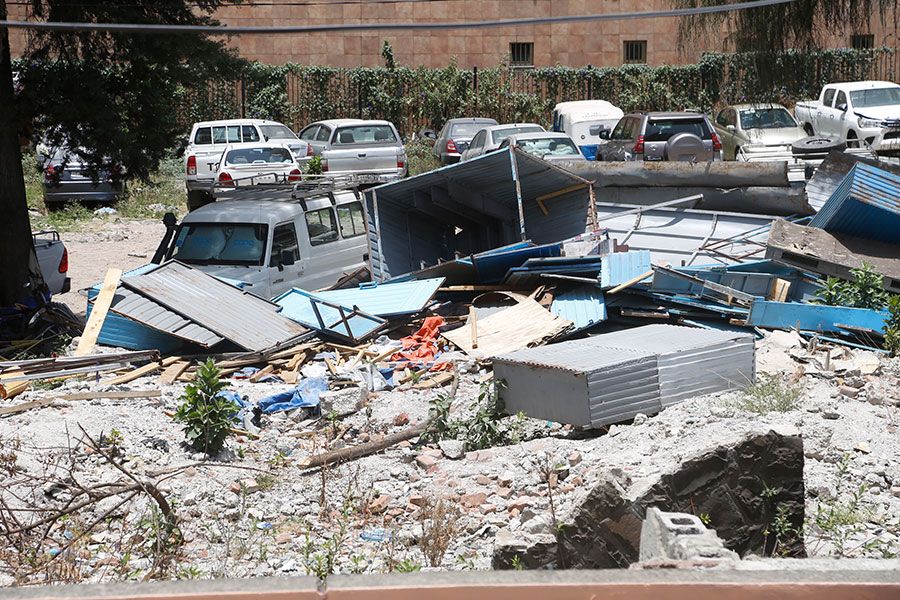
Radar | Apr 02,2022
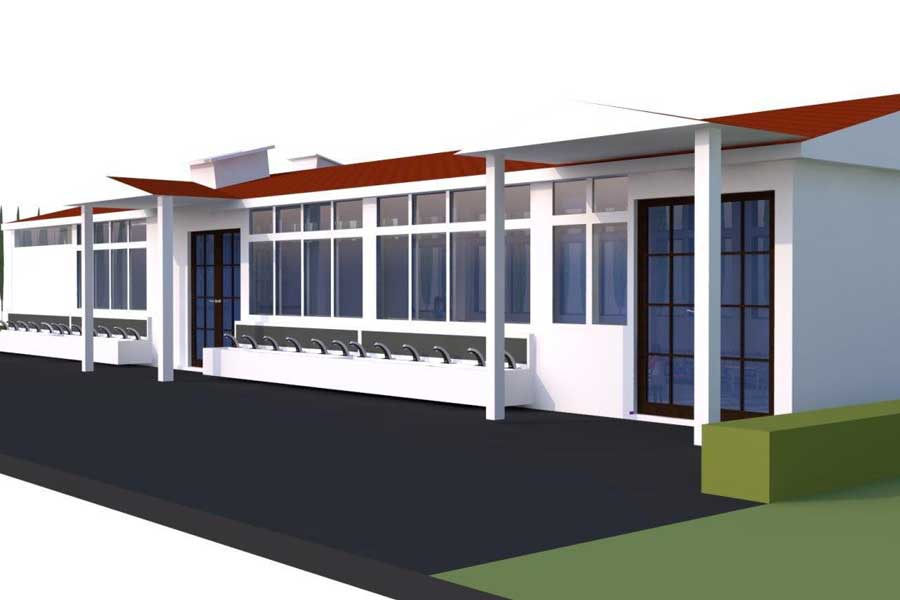
Fortune News | Feb 20,2021

Viewpoints | Feb 17,2024

Sunday with Eden | Oct 05,2024

View From Arada | Apr 13,2019

Photo Gallery | 175185 Views | May 06,2019

Photo Gallery | 165410 Views | Apr 26,2019

Photo Gallery | 155715 Views | Oct 06,2021

My Opinion | 136783 Views | Aug 14,2021

Dec 22 , 2024 . By TIZITA SHEWAFERAW
Charged with transforming colossal state-owned enterprises into modern and competitiv...

Aug 18 , 2024 . By AKSAH ITALO
Although predictable Yonas Zerihun's job in the ride-hailing service is not immune to...

Jul 28 , 2024 . By TIZITA SHEWAFERAW
Unhabitual, perhaps too many, Samuel Gebreyohannes, 38, used to occasionally enjoy a couple of beers at breakfast. However, he recently swit...

Jul 13 , 2024 . By AKSAH ITALO
Investors who rely on tractors, trucks, and field vehicles for commuting, transporting commodities, and f...

Oct 18 , 2025
The political establishment, notably the ruling party and its top brass, has become p...

Oct 11 , 2025
Ladislas Farago, a roving Associated Press (AP) correspondent, arrived in Ethiopia in...

Oct 4 , 2025
Eyob Tekalegn (PhD) had been in the Governor's chair for only weeks when, on Septembe...

Sep 27 , 2025
Four years into an experiment with “shock therapy” in education, the national moo...
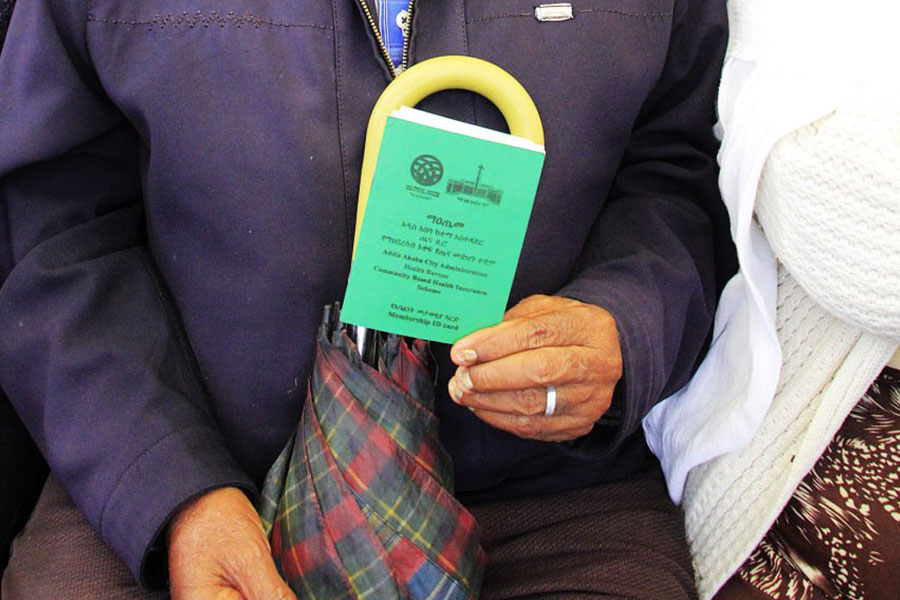
Oct 18 , 2025 . By NAHOM AYELE
In a sweeping reform that upends nearly a decade of uniform health insurance contribu...
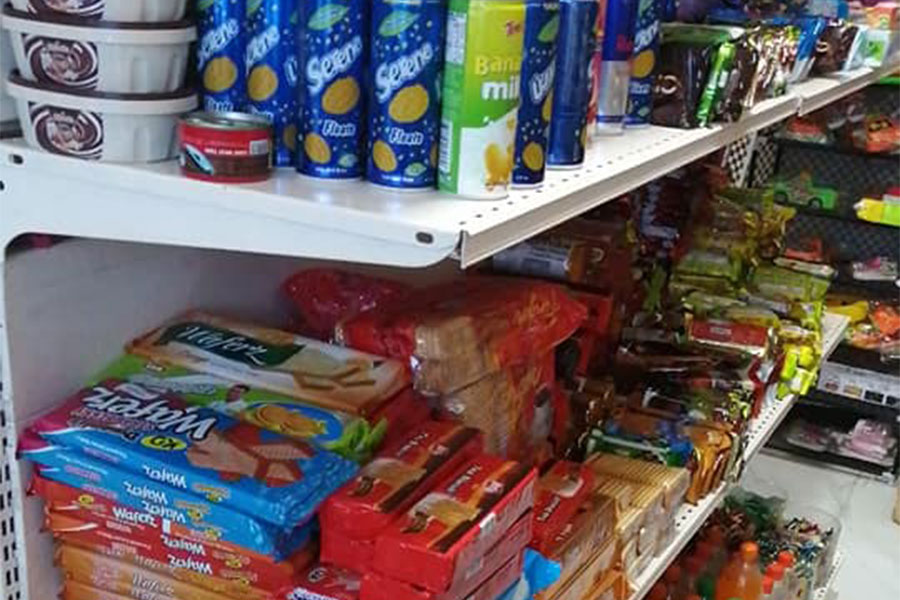
Oct 18 , 2025 . By BEZAWIT HULUAGER
A bill that could transform the nutritional state sits in a limbo, even as the countr...

Oct 18 , 2025 . By SURAFEL MULUGETA
A long-planned directive to curb carbon emissions from fossil-fuel-powered vehicles h...

Oct 18 , 2025 . By BEZAWIT HULUAGER
Transaction advisors working with companies that hold over a quarter of a billion Bir...